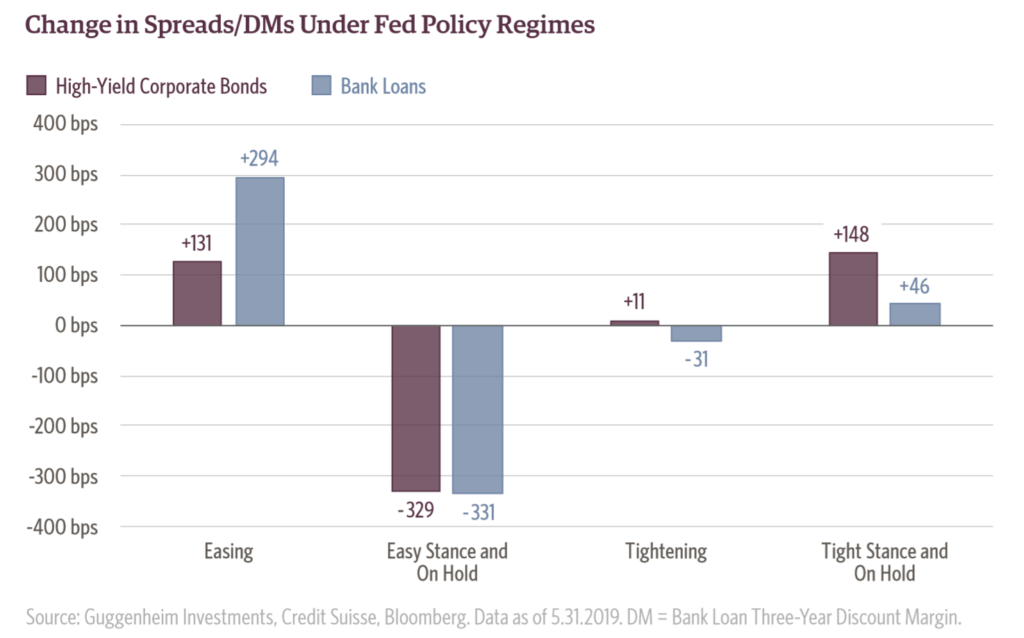Consumers, businesses, and investors confronted a meaningful headwind in the second quarter of 2019—the risk of escalating trade tensions and their unintended consequences. This came to fruition when China was perceived to backtrack on agreements regarding changes it would make to its trade and domestic policies, bringing negotiations to a standstill. When the world learned of this development over social media, it was forced to reassess its expectations for trade and growth over the foreseeable future. The following two weeks saw the 10-year Treasury yield fall 13 basis points.
The derailment of trade negotiations with China was shortly followed by the threat of U.S. tariffs on Mexican goods. Those threats came and went within a span of two weeks. News headlines also reminded readers that tariffs on European autos were a possibility. Markets moved on every development, causing a spike in the S&P 500 implied volatility and another sizable decline in U.S. Treasury yields as the market downgraded expectations for inflation and economic growth. Quarter over quarter, the 10-year Treasury yield fell almost 40 basis points.
For now, the data do not suggest the United States will experience an imminent economic contraction. Our internal projections put second quarter real gross domestic product (GDP) growth around 2 percent, and we expect full-year 2019 real GDP growth (Q4/Q4) of around 2 percent. This is consistent with our recession dashboard, which continues to point to a recession starting sometime in 2020.
Historically, a fed funds rate below the nominal GDP growth rate has been associated with an expanding economy. With the GDP deflator rising 1.9 percent year over year in the first quarter and real output expanding by 3.2 percent, nominal U.S. economic output rose by 5.1 percent. This would appear to put the Fed in a relatively accommodative monetary policy stance with overnight rates at 2.4 percent. The overnight rate has risen above nominal GDP growth before the start of the last three recessions. And while a decline in the natural rate of interest over time means that the economy will face pressure at lower levels of interest rates, the current federal funds rate is merely in line with the Federal Open Market Committee’s (FOMC) median estimate of neutral.
Despite the lack of a restrictive Fed stance, over 100 basis points of cumulative easing is priced into fed funds futures between now and December 2020. Under normal circumstances, this aggressive easing would only be delivered by the Fed after it has shifted monetary policy into restrictive territory and left the U.S. economy vulnerable to shocks. But today, what ails the U.S. economy is not an overly restrictive Fed. Expectations have deteriorated because of volatile trade policy, U.S. political instability, fading fiscal stimulus, weak global growth, and clumsy Fed communication. If the U.S. economy has been misdiagnosed, Fed easing may be the wrong cure.

Read Full report below